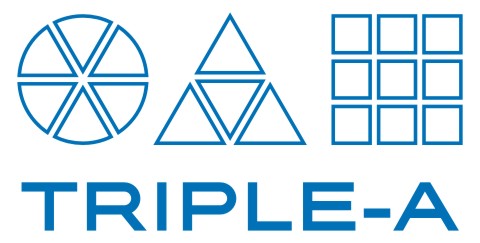YUDP Phase II
Yogyakarta Urban Development Project Phase II (1992 - 1995)
Category : Strategis infrastructure planning
Periods : January 1992 - December 1995
Location :Urban Agglomeration of Yogyakarta covering the entire City of Yogyakarta and the adjacent urbanized areas of the Regencies of Sleman to the north and Bantul to the south.
Service Provider : Electrowatt Infra Ltd.
Project Value : ....
Funding : Swiss Agency for Development and Cooperation (SDC)
Clients : Directorate General Cipta Karya of the Ministry of Public Works of Indonesia, Provincial and local government in Yogyakarta Special Province
Consortium Partners :
- PT. Hasfarm Dian Konsultan, Jakarta.
- PT. Larona SE
- Triple-A team
Staff Provided :
- 14 staff (160 manmoth) expatriate and Indonesia Expratiat
- 283 person month of professional staff provided by Associated Firm
Background & Objective :
Background. YUDP II was conceived as a logical follow-up to YUDP I, which focused on the demand-based infrastructure development through the preparation of an integrated, multi-year, multi-sectoral investment program (Program Jangka Menengah of PJM). YUDP I was started in 1989 and was completed in mid-1992.
Even as YUDP I was still in progress, already several limitations to its approach and scope had already been identified, among them were as follows:
- The emphasis on demand that can be met within a medium-term (five years) time horizon and thus the lack of a long-term strategic orientation that will provide direction, rather than merely react, to urban development
- The rigid planning boundaries that were set to cover only the urban agglomeration without relating it to the broader regional context of the province as well as the adjacent cities and regencies of the neighbouring province
- The remoteness of the results of YUDP I to urban communities as they consisted mainly of planning documents that still needed to be implemented.
Such implementation, especially of the medium-term infrastructure investment program (PJM), was deemed urgent in view of severe inadequacies in public infrastructure provision. Only 20% of urban population had access to piped water supply, and only 3% was connected to the sewer system with untreated sewage being discharged into the rivers. Toward the end of YUDP I, the Asian Development Bank (ADB) expressed definite intentions to finance the implementation of the medium-term investment (PJM), including the supporting local institutional development (LIDAP) and revenue improvement (RIAP) action plans. The Japan International Cooperation Agency (JICA) pledged a grant for the construction of a sewage treatment plant. While the Swiss Agency for Development and Cooperation (SDC), YUDP’s sponsor, committed to assist the construction and initial operation and maintenance of a sanitary landfill to be used by the City of Yogyakarta and the Regencies of Sleman and Bantul.
Objectives. The objectives of YUDP II were as follows:
- Develop adequate managerial and technical capabilities at local government level to facilitate efficient implementation and subsequent operation and maintenance of the projects contained in the PJM.
- Formulate an urban spatial development strategy within the context of the overall urban system of the province as basis for medium- and long-term urban development and as a reference for regional development.
- Establish a sustainable basis for efficient and effective urban management, especially in the provision of public infrastructure facilities and services.
- Prepare a ‘next generation’ PJM as an instrument for ensuring sustainability of urban development, taking into account the broader regional context and long-term horizons provided by the spatial and technical master plans.
Services Provided
The consulting services were provided under a coherent urban management concept consisting of six key functions (strategy formulation, long-term planning, medium-term programming, project implementation, operation and maintenance, and monitoring and evaluation) and three support functions (institutional development, human resources development, and development of instruments and resources).
Within the same planning area called the urban agglomeration of Yogyakarta, eight infrastructure sectors were given priority attention, as follows:
- Water supply
- Human waste management
- Drainage
- Solid waste management
- Roads and public transport
- Slum (kampong) improvement
- Market infrastructure improvement
- Environmental preservation/protection.
If you would like to know more, please contact us or send email to aaa@triple-a-team.com
